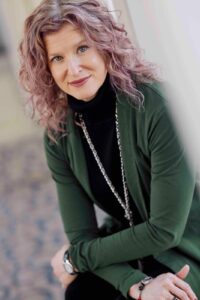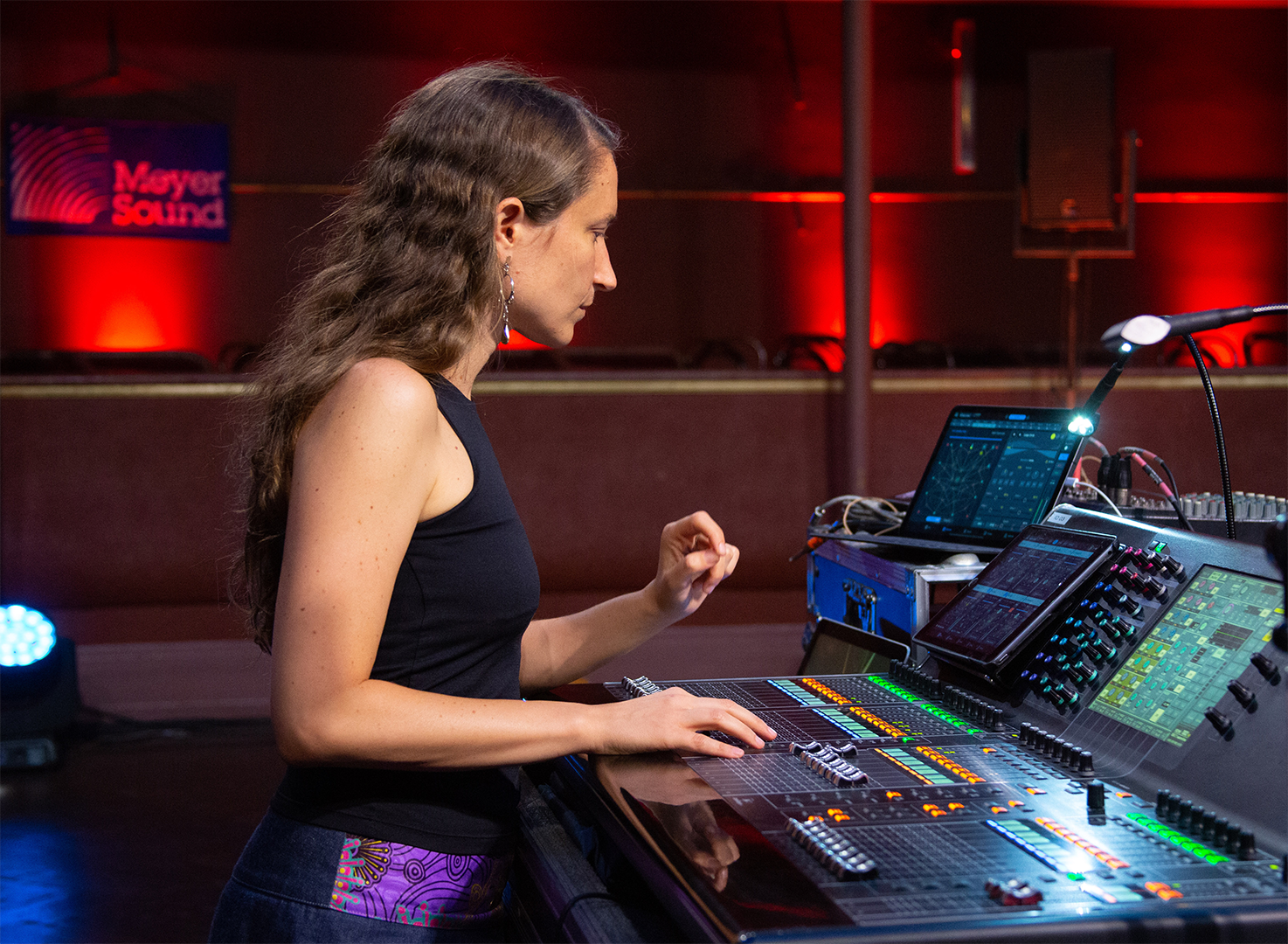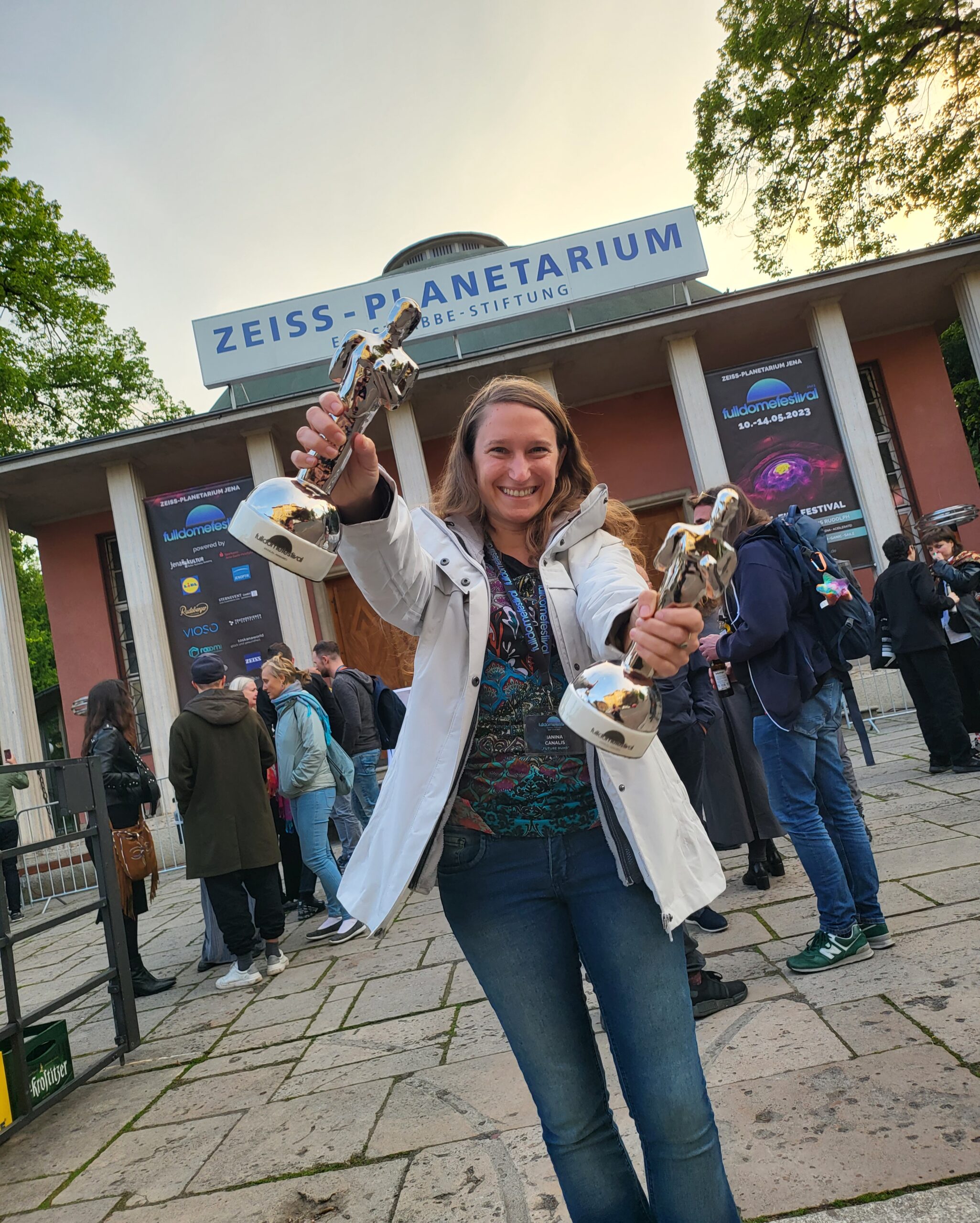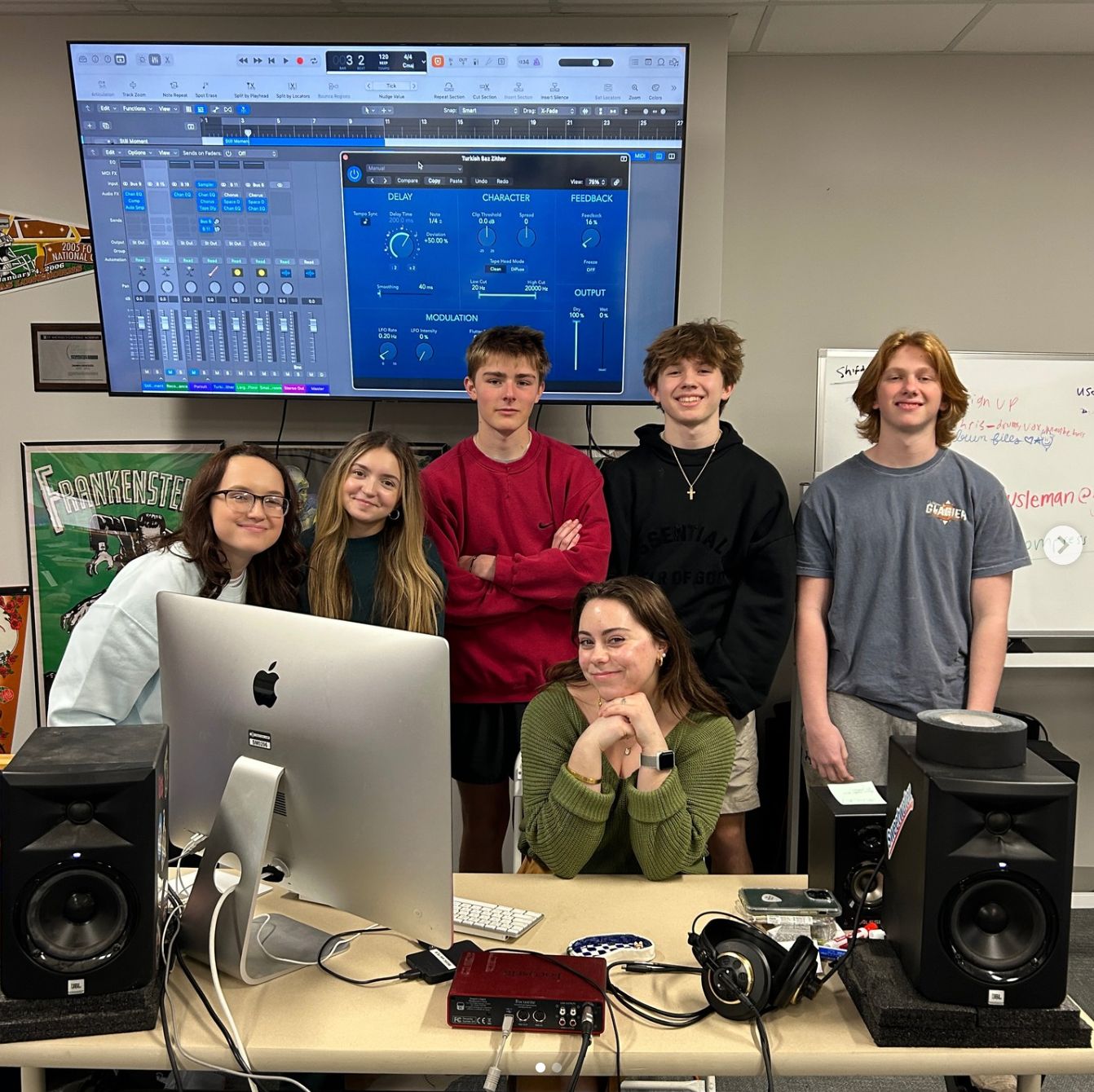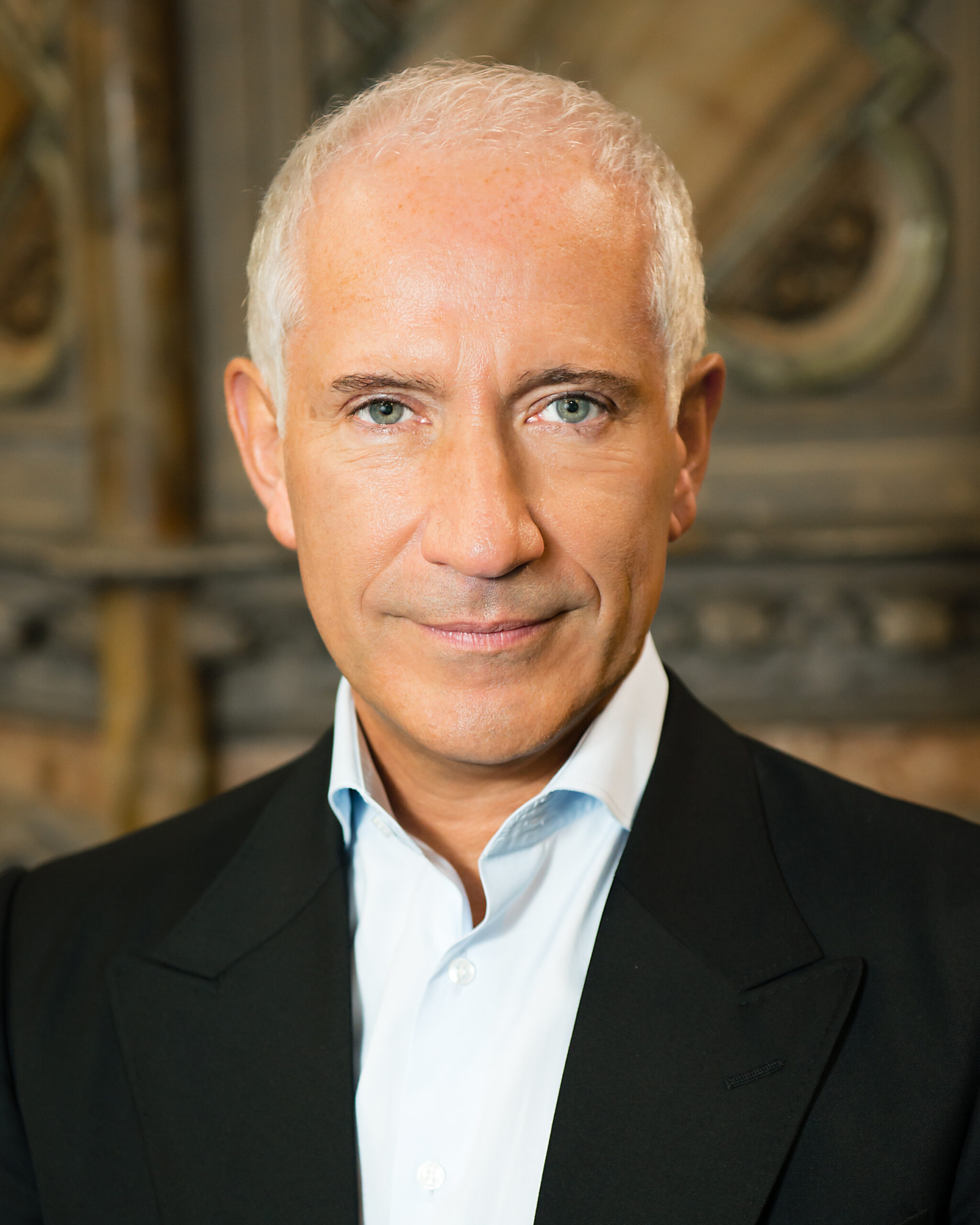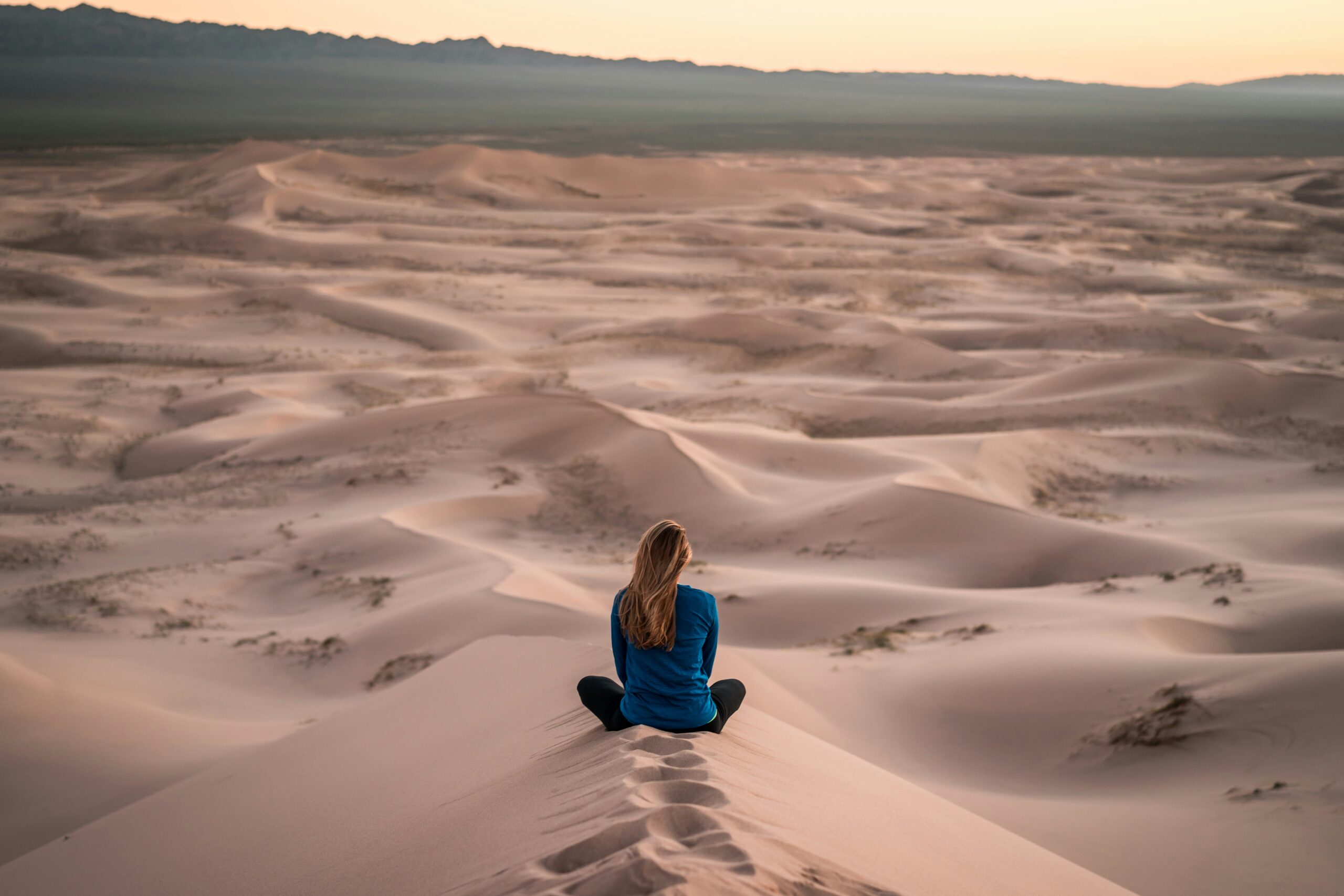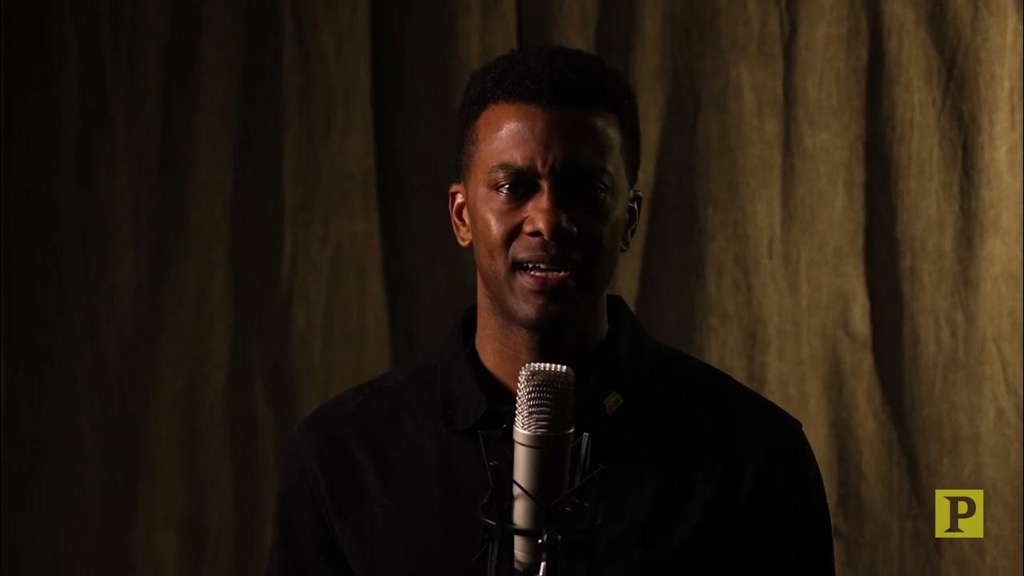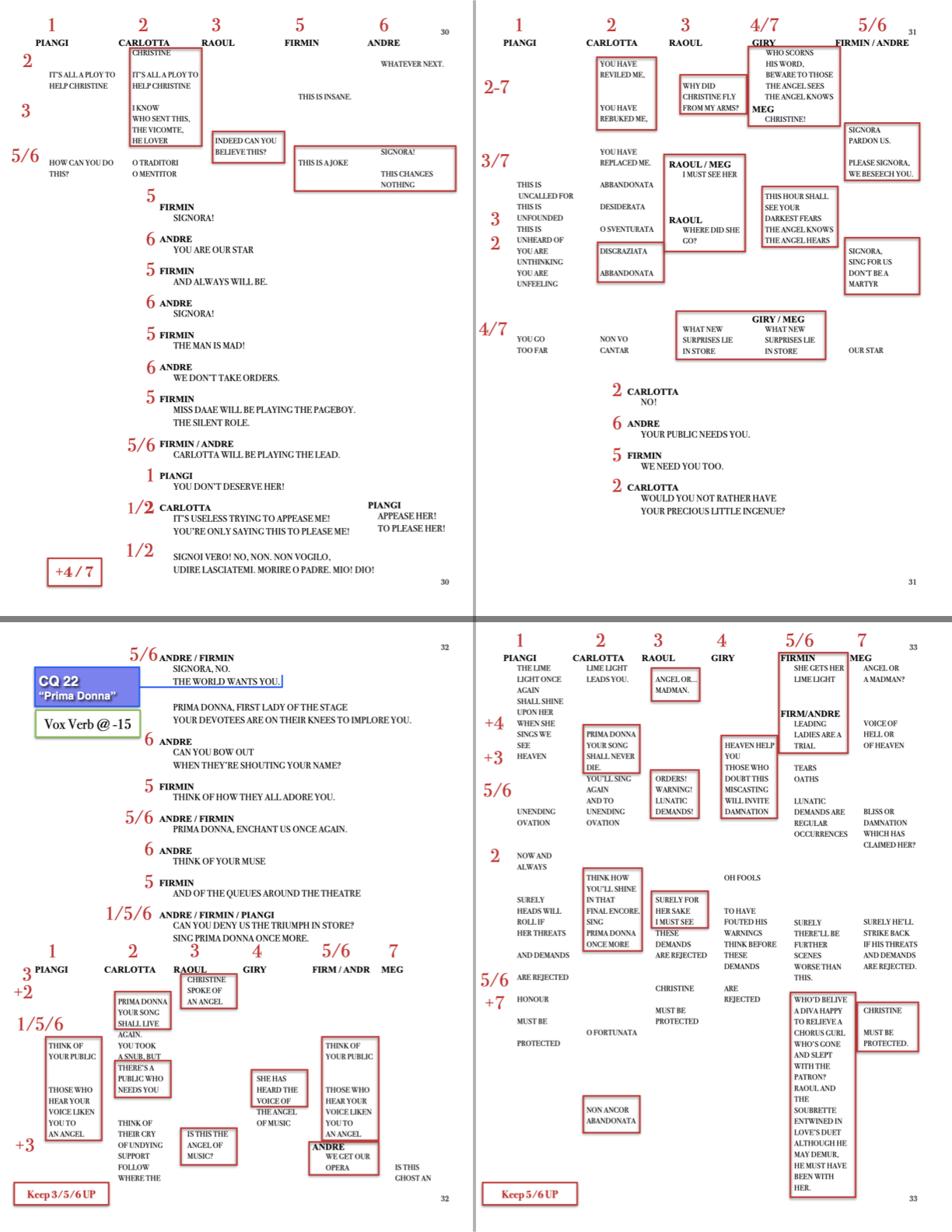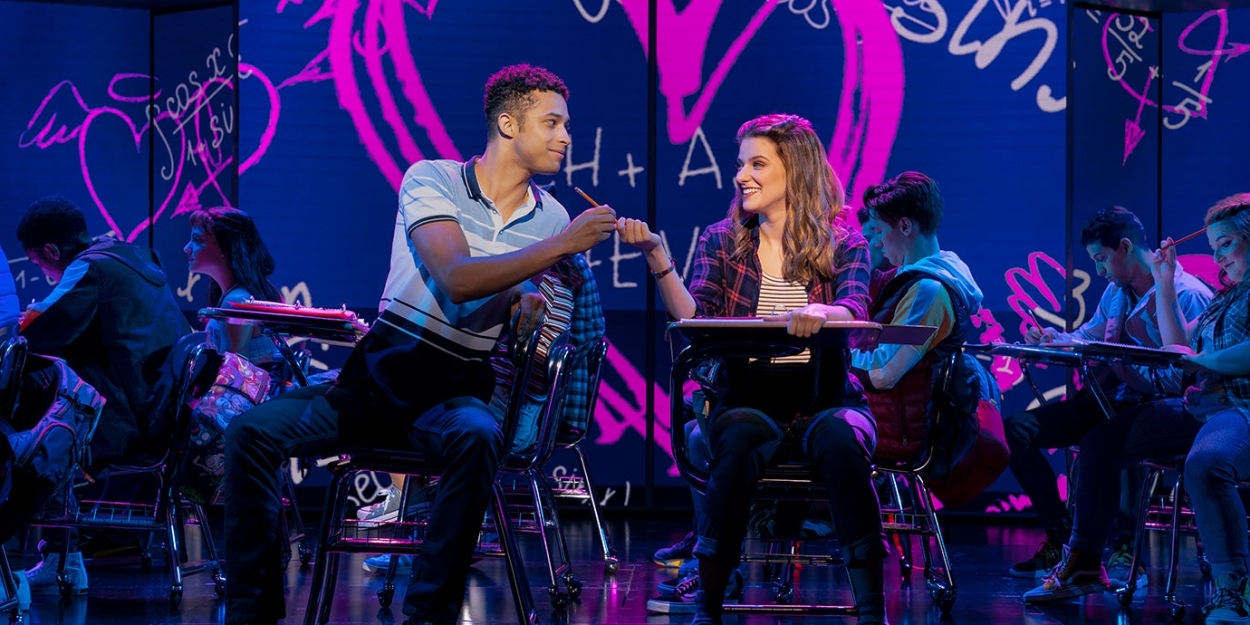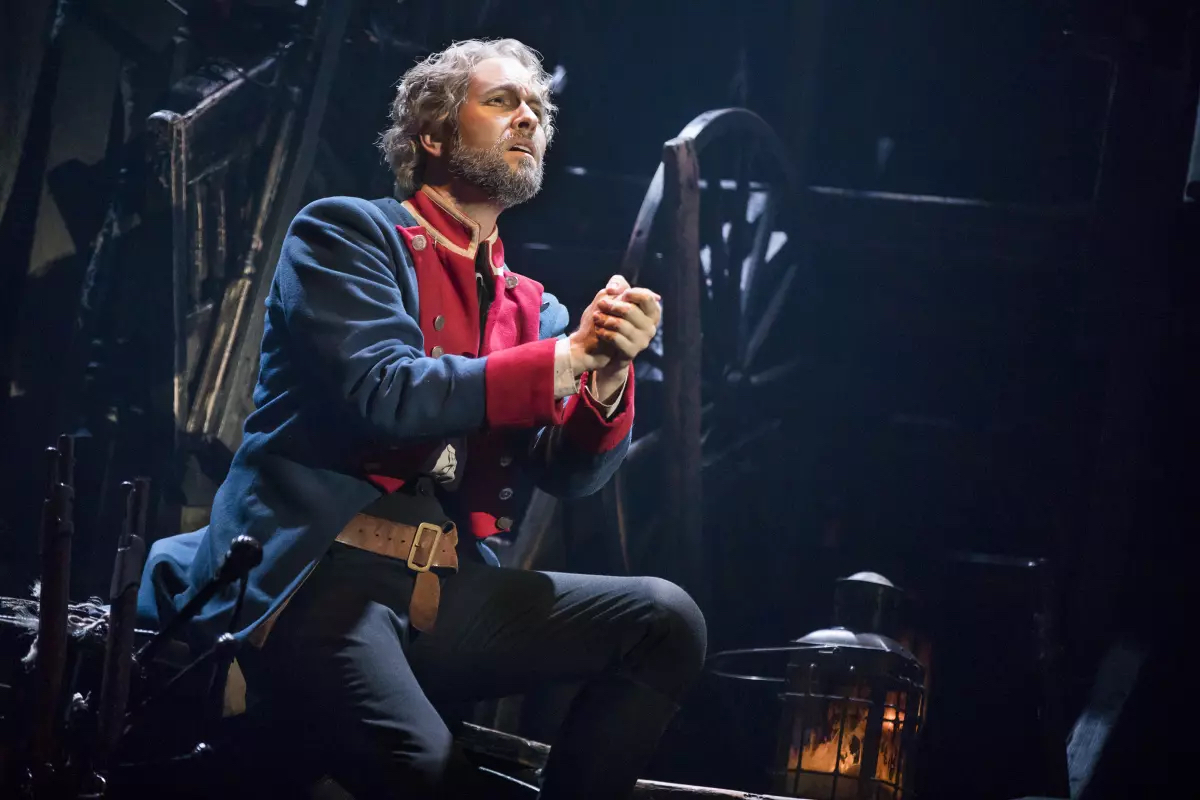
SoundGirls L-Acoustics Grants 2024
SoundGirls L-Acoustics Grants
L-Acoustics is offering 4 grants for courses in the L-Acoustics Education Program. The Education Team has structured the grants to relate to certain job profiles to help the recipient advance their knowledge and skills in their respective fields:
These grants focus on offering access to in-person training via our packaged seminars. For in-person attendance of courses, hotel accommodations are included with the grant. Grant recipients are responsible for any additional travel expenses. If the recipient is unable to attend an in-person training, the recipient will be offered online training options instead.
Prospective candidates must be members of SoundGirls and have until September 1, 2024, to submit their application. Winners will receive notification of their award by September 30, 2024, and an announcement will be made via the website and social media. Candidates can only apply for one choice of grant.
The recipient can choose to attend the courses at any time within the 1-year time frame starting from the time of being informed of their award.
System Technician Grant
This grant consists of enrollment to the following courses in the L-Acoustics Education Program:
- System & Workflow
- Establish your role in the L-Acoustics ecosystem and align your practice with the latest tools and state-of-the-art workflow. Grant allows access to online or onsite training for this course.
-
- K System of choice (K1, K2, K3, Kara II, or Kiva II) or L2 Training
- Recognize the standard configurations of the benchmark Kx or L2 system and gain hands-on experience rigging and listening to them.
-
- L-Acoustics System Implementation
- Advance your skills implementing a safe and functional L-Acoustics system and prepare it for calibration.
This grant aims to empower the trainee to learn how to mount, rig, cable, and connect a L-Acoustics system.
It also aims to give the learner knowledge of:
- Introduction to the L-Acoustics ecosystem
- Basic understanding of the Soundvision and Network Manager software
- Mount and rig a L-Acoustics system safely and prepare it for calibration
- Use and deployment of a K System
Completion of the courses in this grant includes 1 year of access to the L-Acoustics Education Platform learning community and content for all the courses.
Apply Here
System Engineer Grant
The recipient requires prior completion or concurrent enrollment to System & Workflow, or previous completion of System Fundamentals. This grant consists of enrollment to the following courses in the L-Acoustics Education Program:
-
- Soundvision
- Learn the most advanced software functionalities for 3D venue modelling, system simulation, and line source optimization.
-
- Drive System
- Master the configuration, control, and monitoring of a L-Acoustics system from the source output to the loudspeaker inputs.
-
- M1-P1 Measurement & Tuning
- Learn how to record measurements with the P1 processor and how to perform a loudspeaker system tuning with the M1 software.
This grant aims to empower the trainee to learn how to design and calibrate a L-Acoustics system. It also aims to deepen the learner’s understanding of:
- Soundvision, Network Manager, and M1 software
- Room modeling for optimized loudspeaker system design
- AVB Milan for audio distribution
- Tuning and calibration of a L-Acoustics system using M1 measurement software
Completion of the courses in this grant includes 1 year of access to the L-Acoustics Education Platform learning community and content for all the courses.
Apply Here
L-ISA Grant
The recipient requires prior completion or concurrent enrollment to System & Workflow, or previous completion of System Fundamentals. This grant invites the recipient to attend all the L-ISA-focused courses from L-Acoustics Education:
- L-ISA Technology
- Start your immersive journey with an overview of the L-ISA Technology from loudspeaker system design, object-based mixing, immersive audio algorithms to project workflow.
- L-ISA Loudspeaker System
- Master key system engineering steps in planning and deploying L-ISA systems: loudspeaker system design, implementation, and calibration. Grant allows access to online or onsite training for this course.
-
- L-ISA Live Mixing
- Create an immersive live mix, directly from your desk input channels or from an original left-right mix.
-
- L-ISA Preproduction
- Learn and experience the preproduction process of an L-ISA live event from the studio to the venue, anticipating the constraints of the large scale.
This grant empowers the trainee to design, implement, and calibrate a L-Acoustics L-ISA system. This grant also empowers the trainee to prepare, encode, and control objects in a L-ISA mix as well as create a mix in L-ISA when walking up to a L-ISA system with or without preproduction. It also aims to deepen the student’s understanding of:
- L-ISA Controller software and L-ISA Technology
- Soundvision, Network Manager and L-ISA Controller software
- Software, processors, and amplified controllers
- Good practices for L-ISA-ready loudspeaker system design, implementation, and calibration
- Creating and monitoring a L-ISA mix on loudspeakers and in binaural listening environments
- Good practices for preproduction and visiting engineer support on a loudspeaker system using L-ISA technology
Completion of the courses in this grant includes 1 year of access to the L-Acoustics Education Platform learning community and content for all the courses.
Apply Here
System Expert Grant
This grant consists of enrollment to the following courses in the L-Acoustics Education Program:
- Variable Curvature Line Source
- Perfect your understanding of line source behavior to optimize your mechanical design and use of electronic settings.
- Loudspeaker System Calibration
- Develop a comprehensive approach to calibration in the entire workflow of a project.
This grant aims to empower the trainee to advance their understanding in system optimization as well as learning about:
- Acoustic behavior of a variable curvature line source and its sonic performances over the audience.
- Physical deployment of a variable curvature line source so that electronic adjustments become optimization rather than correction.
- The goal of a loudspeaker system calibration and its link to the other project stages: design, implementation, and operation.
- A rational methodology for the verification, the tuning, and the handover of a loudspeaker system.
- Best practices for an accurate and representative measurement of a loudspeaker system frequency response.
Completion of the courses in this grant includes 1 year of access to the L-Acoustics Education Platform learning community and content for all the courses.





